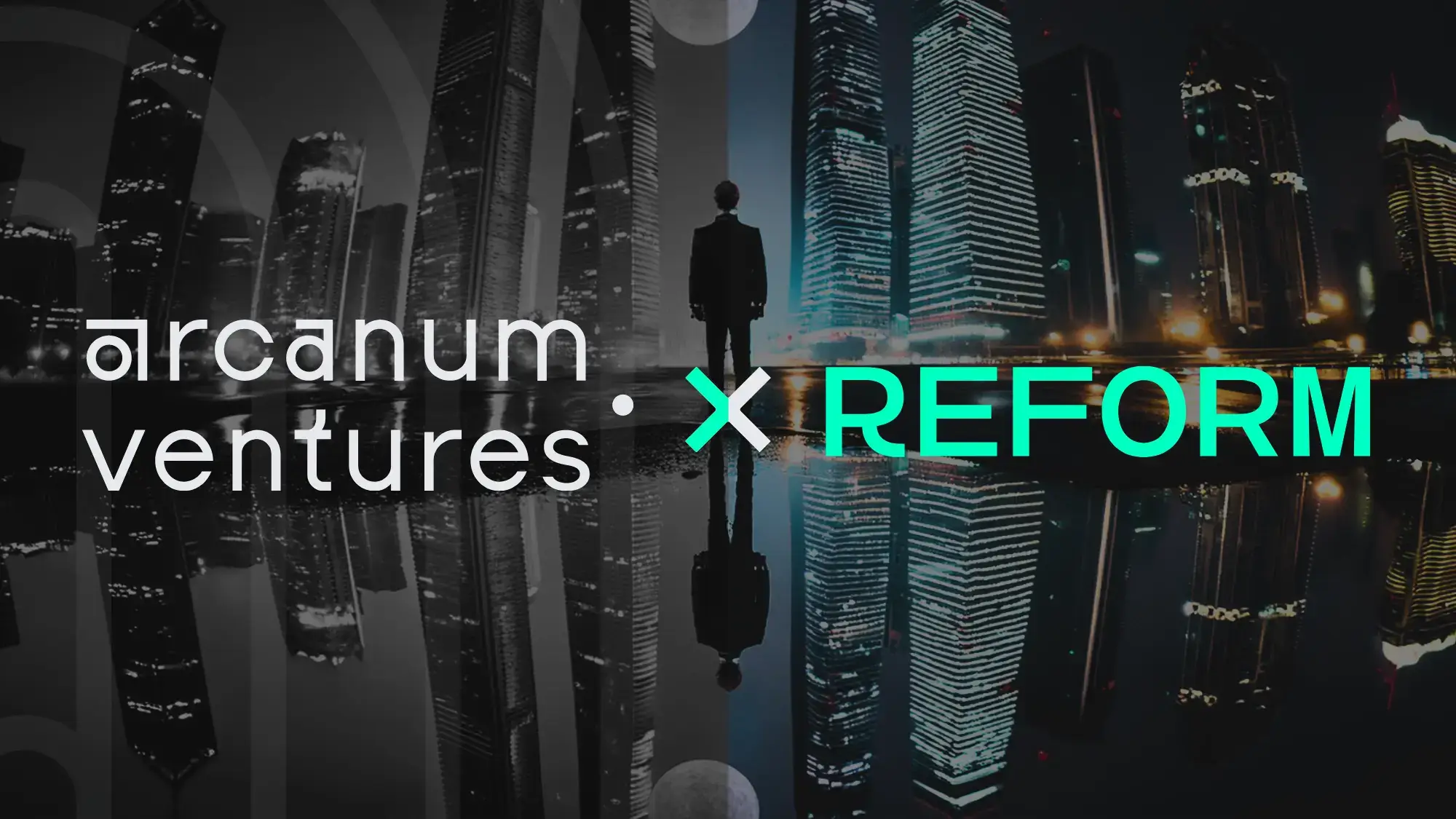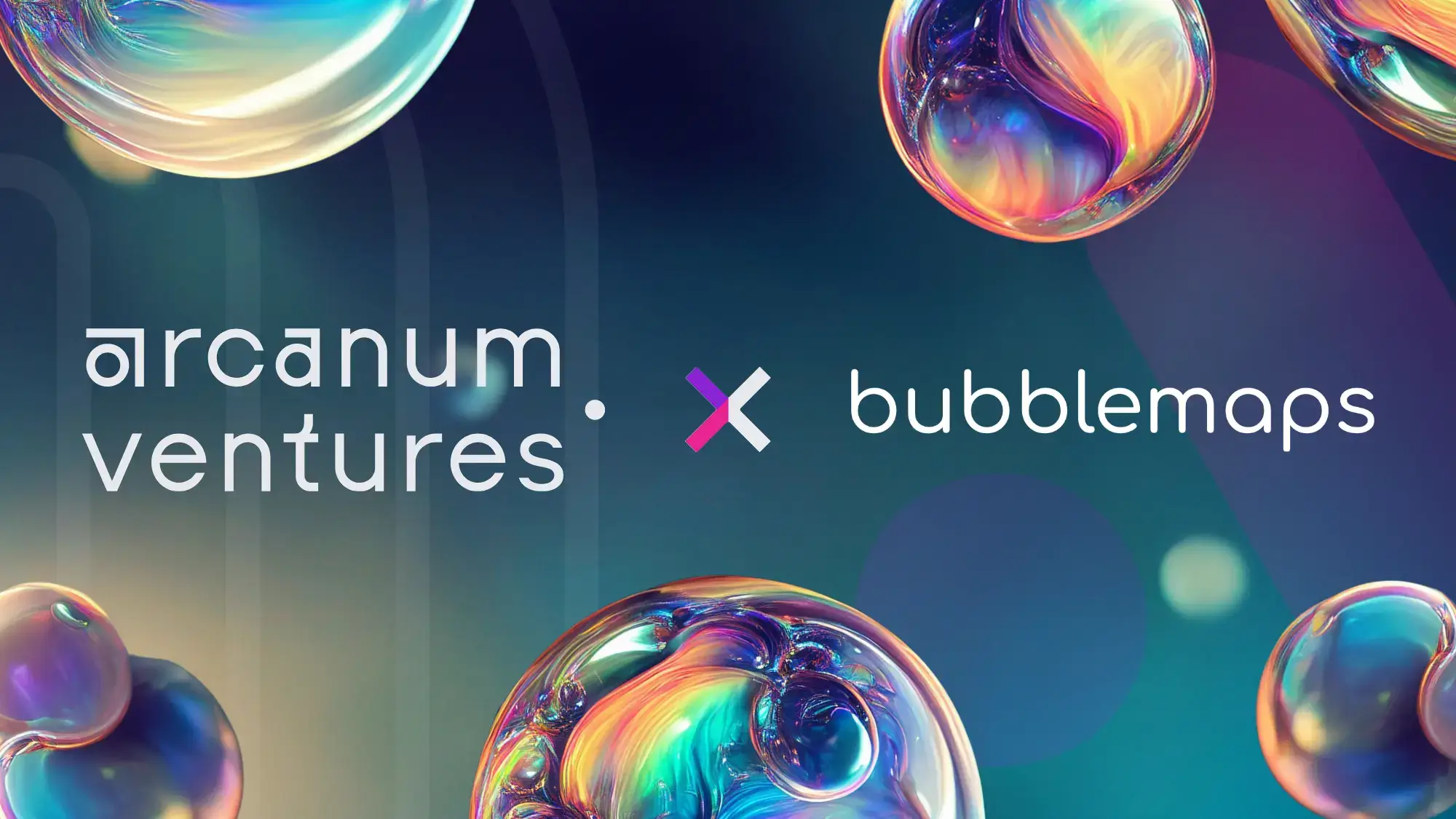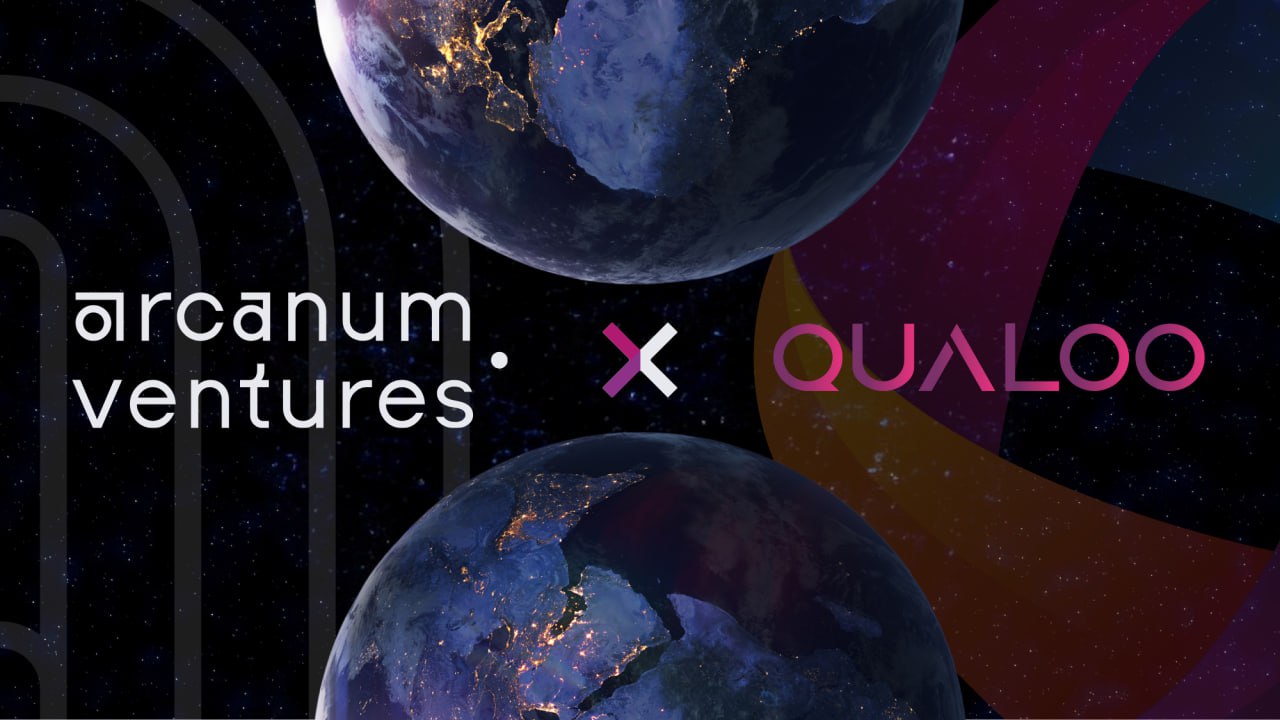Arcanum Ventures
Arcanum Ventures is a venture capital investment firm, blockchain advisory service, and digital asset educator. We bring precise knowledge and top-tier expertise in advising blockchain startups.
Arcanum demystifies the blockchain space for its partners by providing intelligent, poised, crystal clear, and authentic input powered by our passion to empower and champion our allies.
We unravel the mysteries and unlock the opportunities in blockchain, Web3, and other emerging innovations.
Who Gets What in Play-to-Earn Economies
There’s a saying, “you learn more about a person by what they want.”
This rings true in relationships, friendships, and even business. It’s a timeless trope popularized by Dale Carnegie in his best-selling book, How to Win Friends and Influence People.
“If there is any one secret of success, it lies in the ability to get the other person’s point of view and see things from that person’s angle as well as from your own”
In other words, know your audience.
By understanding someone’s desires, you can better understand their mission or goal and how they may work to achieve it. Sometimes it can improve the predictability of an individual’s actions to better plan around them.
Who Are the Players?
There are a number of best practices to follow when structuring your P2E economy, but the first step is always: “Consider the Stakeholders.”
Knowing who can interact with your ecosystem will help you better understand how they will interact. By predicting how the token economy will evolve with user interaction, a founding team can adjust parameters in the model to improve sustainability and longevity.
The structuring of your token economy should work to create value while also adjusting and limiting this value creation for the sake of longevity. Your token economy should incorporate incentives and decision-making mechanisms for all participants that will provide a balance of value creation vs value sink.
Incentives Help Us Structure Possibilities
For example, in a Play-to-Earn RPG, a player may pick up loot from a fallen enemy in the form of an on-chain, inflationary currency. The player must make a choice between using a fiat off-ramp and selling these fungible assets (value creation) or spending them to gain access to a new side quest (value sink).
There is clearly more than one incentive for the player. In this simplified example, we see the player’s decision-making ability hinge on a tangible monetary value (cryptocurrency liquidation) vs. a perceived entertainment value (progressing in-game ecosystem).
Early Actions Help Inform Direction
By understanding more about this particular player and others like them, we can predict their behavior and anticipate the supply effects of the game’s token.
Gaining an early grasp on the direction of your token inflation/deflation will allow you to adjust the metrics governing emissions. Ultimately, the goal will be to foster a more sustainable economy while maximizing rewards for the players and promoting gamer retention.
This is a Two-Way Street
But incentives go both ways. Understanding your own founding team’s motivations can better inform your decision-making ability and lead your project in the right direction.
Take this same example where a player may choose to liquidate their in-game earnings or spend this currency to continue down the gaming path. Founders must understand their own short-term and long-term goals before offering this decision-making mechanism.
The development, marketing, and operational costs all come into consideration when deciding how to continue capturing gamer attention. The team may decide through their own personal enthusiasm or monetary interest to reinvest revenue into developing more levels for players to explore or more quests to complete.
But the difficulty is just this – it is a reinvestment.
Know Your Own Objectives
Founders must understand:
With each iteration of capital pumped back into your ecosystem, your business sustainability depends on additional revenue generation.
In this example, the revenue generated to offset development costs may be anticipated to come from more user acquisition and increased sales of digital assets by these new users (such as NFTs to access PvE). If there are no clear or tangible revenue advantages, then the team may decide their best route is to halt the development of the game and let that player cash out their in-game rewards.
Putting it all Together
Play-to-Earn may seem easy or simple… It’s far from it.
Designing a sustainable or successful economy may be mutually exclusive, but the first step should always remain the same. Understand your stakeholders and design around their incentives.
That includes you, the founder, as well.
Luckily, targeted marketing can help guide you in the right direction. The message communicated to your audience can help attract a user base that is aligned with your vision and instill the right expectations in these users. The last thing long-term focused P2E game developers want is to onboard a fast in – fast out GameFi pump-and-dump crowd.
If you’re looking for help structuring your incentives-focused GameFi token economy and crafting your marketing message, reach out to Arcanum Ventures.
Arcanum Ventures
Arcanum Ventures is a venture capital investment firm, blockchain advisory service, and digital asset educator. We bring precise knowledge and top-tier expertise in advising blockchain startups.
Arcanum demystifies the blockchain space for its partners by providing intelligent, poised, crystal clear, and authentic input powered by our passion to empower and champion our allies.
We unravel the mysteries and unlock the opportunities in blockchain, Web3, and other emerging innovations.
May 14, 2024
“Accessible, Transparent, Equitable”. Beyond the homepage and the navigation links, the ReformDAO whitepaper…
April 16, 2024
Transparency and accountability - two principles blockchain is rooted in, and two core tenets of Arcanum…
April 11, 2024
Arcanum Ventures is proud to announce our long-term support and incubation for Qualoo and its team. Their…



